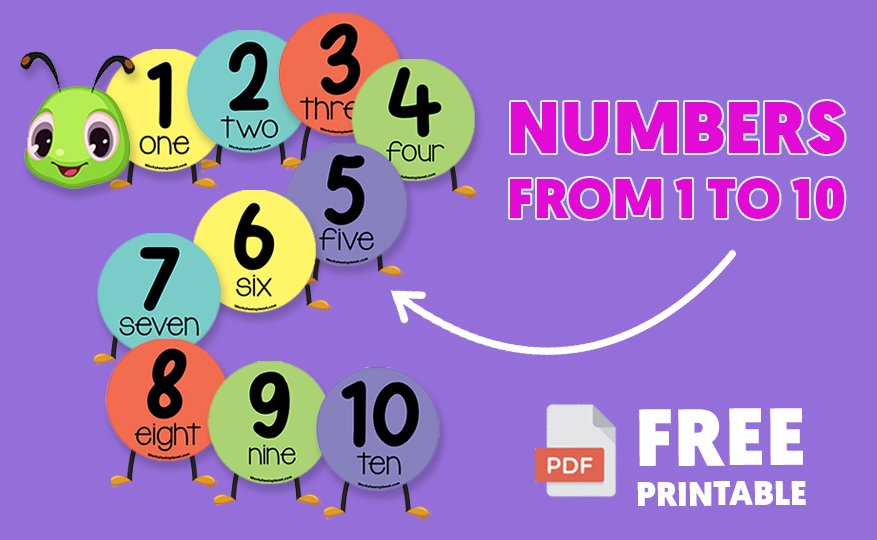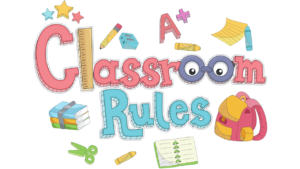Classroom numbers refer to the identification numbers assigned to individual classrooms within an educational institution. These numbers help students, teachers, staff, and visitors easily locate specific classrooms within a school or university. Classroom numbering systems vary, but they typically follow a logical sequence for efficient navigation.
Here’s a guide on common practices for assigning classroom numbers:
**1. Building or Floor Identification:
- In larger educational institutions with multiple buildings or floors, the first part of the classroom number may indicate the building or floor. For example:
- Building A: A101, A102, A103…
- Floor 1: 101, 102, 103…
**2. Logical Sequence:
- Classroom numbers are often assigned in a logical sequence based on the physical layout of the building. This helps users navigate easily without confusion. For example, classrooms on the same floor may have consecutive numbers.
**3. Odd and Even Numbers:
- In some cases, odd numbers may be on one side of a hallway or corridor, while even numbers are on the other side. This is particularly common in larger buildings with multiple corridors.
**4. Subject or Department Indicators:
- In universities or high schools with specialized departments, classroom numbers might include indicators related to subjects or departments. For instance:
- Mathematics Department: M101, M102, M103…
- Science Department: S101, S102, S103…
**5. Permanent vs. Temporary Classrooms:
- Permanent classrooms may have a fixed number, while temporary or portable classrooms may use different numbering systems. Portable classrooms might be identified with letters (e.g., P101, P102).
**6. Consistency Across Campuses:
- If a school has multiple campuses, there may be consistency in the way classrooms are numbered across all campuses. This helps maintain a standardized system for users familiar with the institution.
**7. Visibility and Signage:
- Clear signage displaying classroom numbers at key points, such as entrances or hallway intersections, is essential for efficient navigation within a building.
It’s important for educational institutions to communicate the classroom numbering system effectively to students, staff, and visitors. This can be achieved through maps, directories, and clear signage throughout the premises. Additionally, the use of digital platforms or mobile apps can provide real-time information about classroom locations and changes, further enhancing accessibility.




